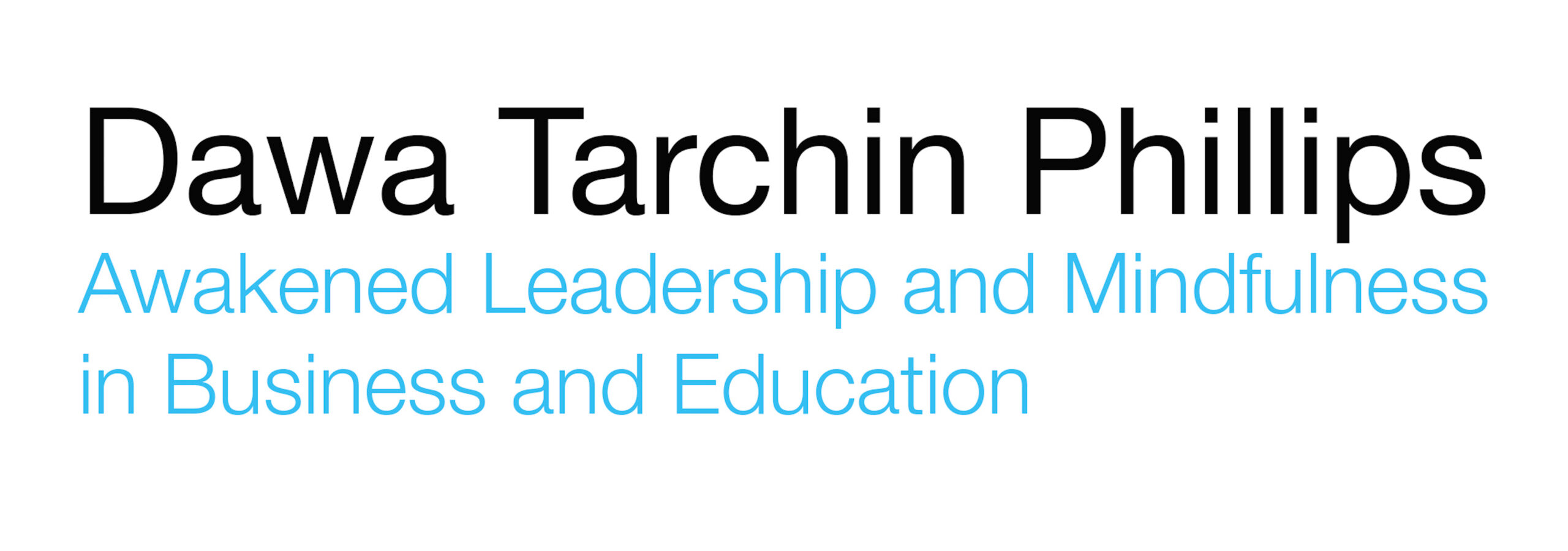
Slow Down to Get Ahead
Time. It’s our most coveted resource because of its scarcity. In an effort to falsely gain time during the day we rush through tasks, projects, and our lives. But we cannot be fully present to life or to our craft when we rush. We can lose our vision and clarity for success. In reactive mindsets, goals blur. We get sloppy.
Rushing hinders our capacity to be intellectually and emotionally available, and capture the opportunities that surface in the present moment. When we slow down and move through our activity with greater mindfulness we are more likely to act with the full power available to us in the present moment.
The Cost of Rushing
Chronic rushing through a never ending to-do list feeds anxiety and heightens stress levels. Due to the epinephrine, also known as adrenaline, released in the brain during stressful periods, our brains get “hooked” on the stimulation of activity. Our bodies become addicted to rushing and our minds switch into autopilot with everything of high importance and needing to get accomplished quickly. We start rushing when rushing is not necessary, or multitasking ourselves into ineffectiveness. This is particularly true for type A executives and leaders who tend to get caught in the cost of time ideal, making everything time-sensitive and urgent, when in fact, only a few matters at hand take true priority.
When you need to do work two or three times over because you did not do it right the first time, you begin to see the value of patience and the cost of rushing.
Research from a publication in 2015 titled “To Multitask or Not, That is the Question” notes that multitasking can reduce effectiveness of even the most refined brains. According to Dr. John Medina, author of the New York Times bestseller “Brain Rules: 12 Principles for Surviving and Thriving at Work, Home, and School,” being interrupted during a task can lead to 50 percent or more errors. Juggling multiple tasks at once is ineffective compared to immersing yourself mindfully and cultivating solutions strategically and efficiently.
When you need to do work two or three times over because you did not do it right the first time, you begin to see the value of patience and the cost of rushing. Mistakes can be costly, and can trap you in a cycle of having to rush even more to make up for wasted effort, causing even greater stress. The answer? Slow down and do it right once. As a leader in your field, you are not only being paid to do things quickly, you are being paid to do things well. And if well means patiently, then you owe it to yourself and others to stay focused.
Being Gets Lost in Becoming
As a culture, we tend to value doing over being. This is especially true when we have multiple tasks to complete under pressure. Yet, while there are some things that take priority to reach our goals, there are those things we simply do to feel or be perceived as productive. Watch for these traps, triggers, and time wasters:
- excessive multi-tasking
- trying to look busy
- worrying about being judged by those engaging in office gossip and negativity
- measuring your progress simply in deadlines met
- regularly working through your lunch break
When we rush through tasks in order to feel busy or to impress, it’s easy to lose sense of why we are doing them in the first place and their importance to the direction of our lives.
Transactional versus Transformational
Some tasks that keep you busy on a daily basis are purely transactional, keeping you active so that internally you feel you are moving closer to your goals, when in reality, you get caught in an endless cycle of task completion without any real developmental progress. When you confuse task completion with value creation—or worse personal transformation—and commit to busying yourself, it is easy to neglect the importance of transformation to achieve the results you desire.
In recent years, HR departments have tried to refocus organizations and employees to engage in more transformational activities, such as mindfulness and awareness-based practices. While still results-oriented, mindfulness can help move ideas, projects, careers, and lives forward. When individuals engage in transformational activities even around strategy and goal attainment they tend to self-direct and reach goals with greater ease and more mindful effort. In my Mindful Leadership Breakthrough System, we cover important activities such as clarifying personal purpose, mindset inquiry, mental contrasting, or building trust that can all help with the urge to rush.
Using Mindfulness to Get Clear on Your Purpose
If greater and faster effort expended no longer yields improvement in results, and you find yourself rushing constantly, it’s time to slow down, reevaluate, and re-route. Instead of rushing on, create a strategy and think things through. Try these five mindful steps to keep you focused while creating a plan for success that re-aligns your activity with your desired results.
- What’s the ideal outcome for today and for the future. Think about your ideal outcome and get clear on your vision of the life you wish to lead. Ask yourself “What does my ideal life look like? What does it feel like? Am I acting in alignment with that?” Often we chase after job titles or companies to work for because we think that’s what we should or ought to do. We don’t reflect on whether or not the details of the position or company culture are in alignment with our personalities, ethics, or life goals. We jump in at the deep end with narrow expectations: more money, more prestige, more power. Remember, the result of your uninformed decision could be your life five months from now, or five years from now. No matter the time frame, time is precious. Get clear on the result you want to accomplish, your ideal outcome, so that you can take necessary and more aligned actions to reach it.
- What does success mean to you? Each of us has a different definition of success. For some, success is defined monetarily: I am successful because I earn a six-figure annual salary. For others success means having freedom, or having an abundance of relationships that bring happiness: I am successful because I foster close relationships and maintain a strong community of friends and family. If you don’t define success for yourself, you are more likely to rush in the race toward someone else’s version of it.
- Identify your lack of congruence. Pay attention to the actions you take each day that either help or hinder the path to your ideal life. Try to mindfully observe and reflect on your behaviors without judging them. And don’t beat yourself up if your actions do not align with your goals just yet. It just means it’s time to start shifting your focus and re-strategize so that your actions align with the results you want.
- Identify the strengths needed for success. What are the skills necessary to actualize your vision of success? What strengths do you already possess that you can tap into and build on? Once you break down the factors necessary to help you achieve your vision you also become more clear on the direction to take in order to acquire the new skills and behaviors you need, or further hone the skills you already have.
- Expand those strengths in the present. Do not abandon the skills and strengths you already have for those you don’t as they can help actualize what you wish to achieve. Focus on them, nurture them, and expand them. Your mental and emotional bandwidth is correlated to your ability for refined action. Remember that all qualities you need to succeed reside in the present with you, and whoever gets to the present moment first and fully, wins.
When you consistently rush from point A to point B you miss the subtle nuances of the present moment that bring us joy, build connections, cultivate strengths, provide opportunities, and keep you focused to achieve the vision of our ideal life. Instead of getting caught rushing to nowhere devote some mindful time to slowing down and outgrowing personal habits and limitations to achieve better results.




[…] Dawa Tarchin Phillip’s Blog Post – Slow Down to Get Ahead […]